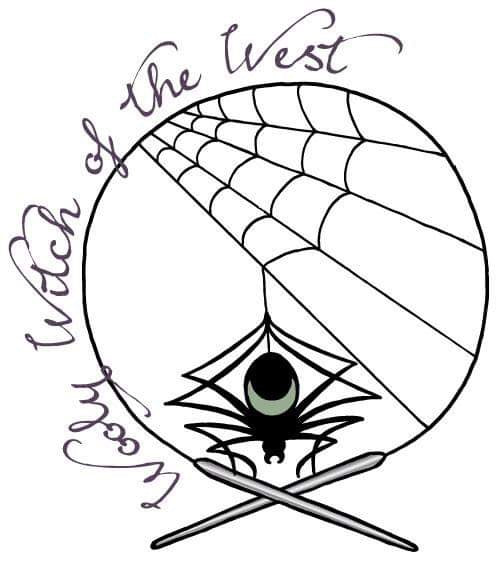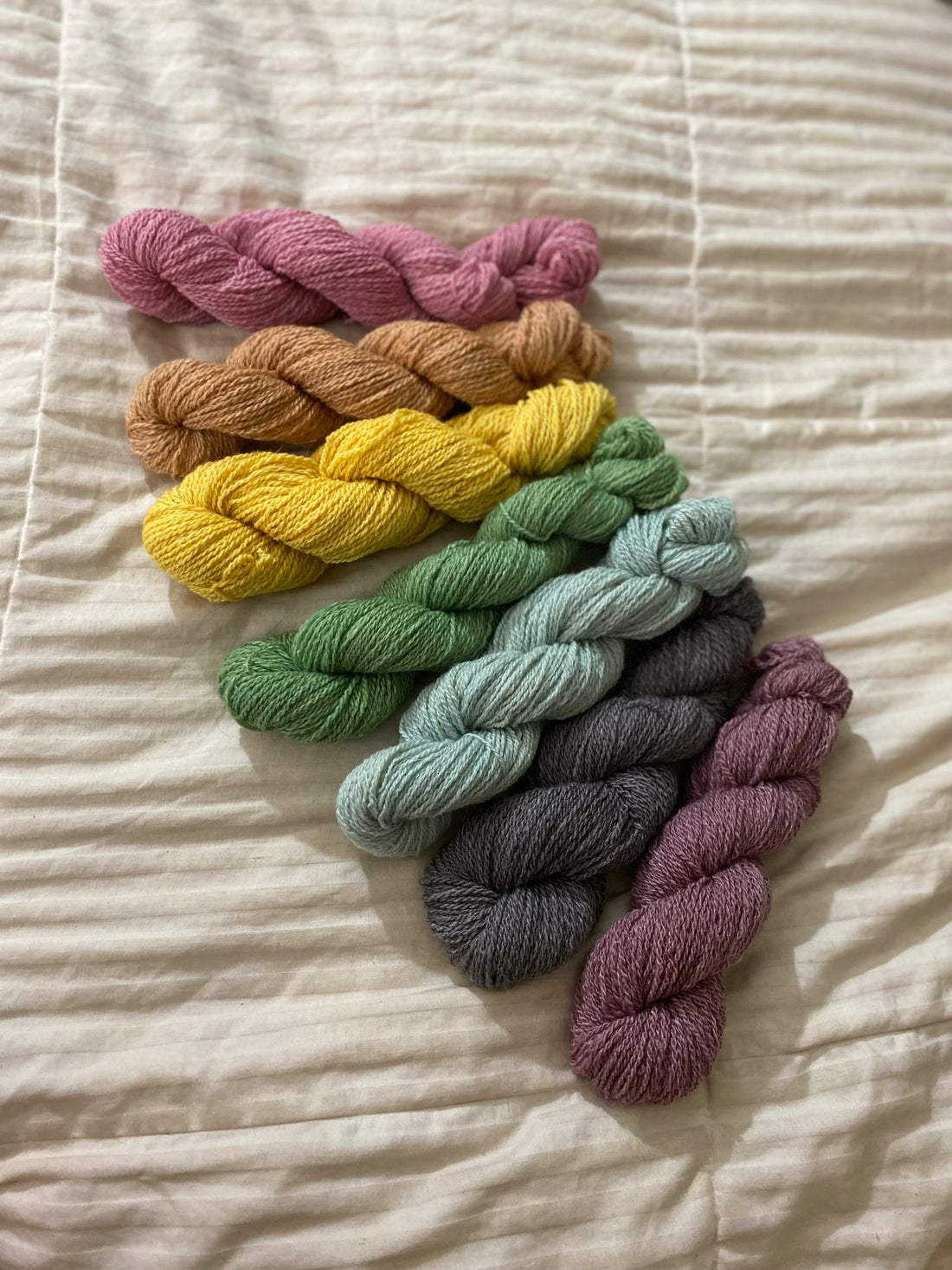I am very excited to finally be sharing this project with all of you. It’s been a long time in the making, and longer time in me finding my way back to the dyepots for color, but the first (of hopefully many) round of it is here! Montana Millspun Suffolk Sock Yarns!

I co-designed these yarns with Tammy Jordan of Goldieknots MT when we discovered we had a similar vision for a sock yarn based within our own Fibershed. Suffolk sheep are a good sturdy dual purpose breed, though they are mostly raised for meat around Montana. Up near me they are the most common sheep that the 4-H kids raise, so there are a lot of them around, and more often than not the wool is sent to the compost pile.
Suffolk wool is a down breed, a type of sheep originally from the “downs” region in the UK. The sheep in this particular family share some similarities in their wool, it is usually blocky locked, shorter staple, a bit on the coarse side, springy, sturdy, and interestingly resistant to felting more than other types of wool. A perfect wool for sock making!
I’ve experimented with this in the past and had success, handspinning some Dorset Horn for socks, dyeing it, and knitting  it up with great excitement after having read an article by Rachel Smith on spinning for socks in Ply magazine. The resulting socks were durable, elastic and after 4 years of washing them in my washing machine (on cold and not tossing them in the dryer - they are more resistant to felting but still wool!) they still look like this and fit like only handknit socks can. This pair is one of my favorites, dyed with eucalyptus bark collected for me by my Mom while she was traveling in California, and knit up using the Pebbles & Pathways pattern by Marceline Smith ( heybrownberry on socials)
it up with great excitement after having read an article by Rachel Smith on spinning for socks in Ply magazine. The resulting socks were durable, elastic and after 4 years of washing them in my washing machine (on cold and not tossing them in the dryer - they are more resistant to felting but still wool!) they still look like this and fit like only handknit socks can. This pair is one of my favorites, dyed with eucalyptus bark collected for me by my Mom while she was traveling in California, and knit up using the Pebbles & Pathways pattern by Marceline Smith ( heybrownberry on socials)
 it up with great excitement after having read an article by Rachel Smith on spinning for socks in Ply magazine. The resulting socks were durable, elastic and after 4 years of washing them in my washing machine (on cold and not tossing them in the dryer - they are more resistant to felting but still wool!) they still look like this and fit like only handknit socks can. This pair is one of my favorites, dyed with eucalyptus bark collected for me by my Mom while she was traveling in California, and knit up using the Pebbles & Pathways pattern by Marceline Smith ( heybrownberry on socials)
it up with great excitement after having read an article by Rachel Smith on spinning for socks in Ply magazine. The resulting socks were durable, elastic and after 4 years of washing them in my washing machine (on cold and not tossing them in the dryer - they are more resistant to felting but still wool!) they still look like this and fit like only handknit socks can. This pair is one of my favorites, dyed with eucalyptus bark collected for me by my Mom while she was traveling in California, and knit up using the Pebbles & Pathways pattern by Marceline Smith ( heybrownberry on socials) My concern when it comes to making a just downbreed yarn was mostly in the softness of it. I love a good toothy “wooly” wool, even on my feet. What I consider “next to skin soft” isn’t necessarily going to work for everyone. The addition of bamboo to the yarn worked a treat, adding softness while maintaining strength. As a bonus the addition of a cellulose fiber to the wool made for a subtle marl in the yarns where my natural dyes took differently, and it adds a bit of shine as well. Also by choosing not to incorporate nylon into these yarns we’ve created something you know can truly return to the earth with ease at the end of its lifespan. These yarns are compostable.
I admit I’ve set aside a skein in each color for myself, I’m knitting them up in sets with stripes and contrasting toes, heels and cuffs from the toe up. Expect updates on these soon. Who knows, maybe once I’ve got a pair in every color, I’ll just stop wearing other socks if they’re not hand knit! It’s a good goal!
I look forward to hearing what you all think of the yarn as some of you try it!
I look forward to hearing what you all think of the yarn as some of you try it!
I hope this finds you warm and well as the seasons turn colder.
As always, happy crafting,
Madeline


1 comment
When can I buy sock yarn? There will be a sock class on Cody this spring and I want to participate. Having raised “silly Suffolks” it would be interesting to see how the yarn works up and I LOVEF (Lena) bamboo.